
How to cook when "roughing it"

I look back on my time in the SEALs with great pride. Not just for the things we accomplished, but the lessons I learned that have now become second nature.
Things I’ll never forget, that are important no matter what the mission… and things that apply to you anytime you’re outside in the elements, or away from the comforts of home.
One in particular is this: You have to feed your furnace!
No matter where you are or what you’re doing, if it requires physical exertion, or even just keeping your wits about you, you need to make sure you’re fueled up right.
An empty “furnace” leads to fatigue, poor decision making, and even careless mistakes.
So I never head out without adequate food with me. Things that are lightweight, easy to prepare, and sure to fill me up. Especially if I find myself out longer than I expected.
Knowing how to cook (and what to cook) in a pinch is critical, especially in winter.
When I was at SEAL Team 2, we were designated as a “cold weather platoon.” We would be deployed to our area of operation during the winter months, and we needed to be able to do anything in that climate.
If you think Dave Chappelle is funny, you should see 200+ lb. SEALs on skis for the first time.
Yes, we trained to live in the winter wonderland and be comfortable doing it. And to be comfortable it comes down to 3 basic things:
- Weight
- Calories
- Water
When you’re considering what to bring with you to sustain you on the go, and how you’re going to prep it, remember these three things.
Weight
When you’re living in a ruthless environment for an extended period of time only using what you have in your pack, then weight is a very important factor.
I’ve known professional climbers that will cut off their toothbrush handle because “every ounce counts.”
A little extreme, but the lesson is that every additional amount of weight you are carrying is more calories you are burning. So lighter is always better.
This same principle still applies for campers and hikers too. Easy to prepare meals that are hearty and filling are best, especially if they’re already reduced in weight with the water removed.
Less water in your meals, less weight to lug around.
Things like oatmeal, or rice & beans, or fully dehydrated meals that only need water and some time to simmer can be a lightweight, easy-to-pack alternative to a granola bar or beef jerky.
Don’t get me wrong. Ready to eat bars and the like are great. But there’s no substitute for a meal you can cook easily. Something that tastes like it came off a menu, not a convenience store rack.
The SEALs often survived exclusively on dehydrated meals. And after moving for 12+ hours in arctic conditions, a warm meal was better than any Thanksgiving I ever attended.
Calories
When you’re packing your own food and you need something to sustain you, what you need is calorie density.
Dehydrated food is it is not only light weight – but packed with calories. A little can go a long way.
And when you’re burning upwards of 20,000 calories every 24 hours (mostly just trying to maintain your body core temperature) you need to feed that furnace!
If you’re going to spend time outdoors, whether it’s camping, hiking or just exploring, remember to keep refueling at regular intervals.
As a Platoon Commander I implemented a 5 to 1 for all transits. Basically, we would move (ski, snowshoe, hike) for 50 minutes and rest/eat/drink for 10 minutes. Repeat. You see it doesn’t work if you haul out to your objective only to be so exhausted that you can’t accomplish your mission once you arrive.
For short breaks, I always had a bag of trail mix or “gorp” (as we called it) in arm’s reach. Again, feed the furnace.
But when you’re taking a sustained rest, it’s always best to eat a hot meal if you can, even if it’s just a warm cup of soup.
Water
I’ve said it a thousand times. You can make it 2-3 weeks without food but only 2-3 days without water. This will do more to save your life than anything else.
So, in a winter environment that means making snow into a water. Or making a creak/river safe to consume.
It also means turning dehydrated food into a feast. And the only way any of the above works is if you have boiling water.
Now there are several ways to make this happen. Build a fire, use a gas stove, or pack a portable water heater like the Sun Kettle.
The first two take time, energy and effort. That’s where having the Sun Kettle is so incredible. Place water/snow in it and let Mother Nature via solar do the rest…. And it’s so compact and light-weight the payoff for carrying it is perfect. Check out the Sun Kettle for yourself, right here.
I’ve never gone off into the wilderness – whether on a mission or on my own – without a ready supply of trail mix or dehydrated meals. If you’re relying on bagging an elk or catching a trout as your only reliable food plan along the way… that’s not how it works.
Not if you want to stick around for the long term, anyway.
Be a survivor... not a statistic,
Cade Courtley
Former Navy SEAL / 4Patriots Contributor
Featured Products
- Regular price
- $699.95
- Regular price
-
- Sale price
- $699.95
- Unit price
- per
- Regular price
- $2,999.95
- Regular price
-
- Sale price
- $2,999.95
- Unit price
- per
- Regular price
- From $29.95
- Regular price
-
- Sale price
- From $29.95
- Unit price
- per
- Regular price
- $3,499.95
- Regular price
-
- Sale price
- $3,499.95
- Unit price
- per
- Regular price
- From $29.95
- Regular price
-
- Sale price
- From $29.95
- Unit price
- per
- Regular price
- $2,499.95
- Regular price
-
- Sale price
- $2,499.95
- Unit price
- per
- Regular price
- $499.95
- Regular price
-
- Sale price
- $499.95
- Unit price
- per
- Regular price
- $999.95
- Regular price
-
- Sale price
- $999.95
- Unit price
- per
- Regular price
- From $29.95
- Regular price
-
- Sale price
- From $29.95
- Unit price
- per
- Regular price
- $2,999.95
- Regular price
-
- Sale price
- $2,999.95
- Unit price
- per
- Regular price
- From $2,796.95
- Regular price
-
$8,390.95 - Sale price
- From $2,796.95
- Unit price
- per
- Regular price
- $4,999.95
- Regular price
-
- Sale price
- $4,999.95
- Unit price
- per
- Regular price
- From $129.95
- Regular price
-
$259.95 - Sale price
- From $129.95
- Unit price
- per
- Regular price
- $847.95
- Regular price
-
$897.95 - Sale price
- $847.95
- Unit price
- per
- Regular price
- $1,999.95
- Regular price
-
- Sale price
- $1,999.95
- Unit price
- per
- Regular price
- $279.95
- Regular price
-
- Sale price
- $279.95
- Unit price
- per
- Regular price
- From $69.95
- Regular price
-
- Sale price
- From $69.95
- Unit price
- per
- Regular price
- $29.95
- Regular price
-
- Sale price
- $29.95
- Unit price
- per
- Regular price
- $849.95
- Regular price
-
- Sale price
- $849.95
- Unit price
- per
- Regular price
- $249.95
- Regular price
-
- Sale price
- $249.95
- Unit price
- per
- Regular price
- $199.95
- Regular price
-
- Sale price
- $199.95
- Unit price
- per
- Regular price
- $129.95
- Regular price
-
- Sale price
- $129.95
- Unit price
- per
- Regular price
- $114.95
- Regular price
-
- Sale price
- $114.95
- Unit price
- per
- Regular price
- $69.90
- Regular price
-
- Sale price
- $69.90
- Unit price
- per
- Regular price
- $19.95
- Regular price
-
- Sale price
- $19.95
- Unit price
- per

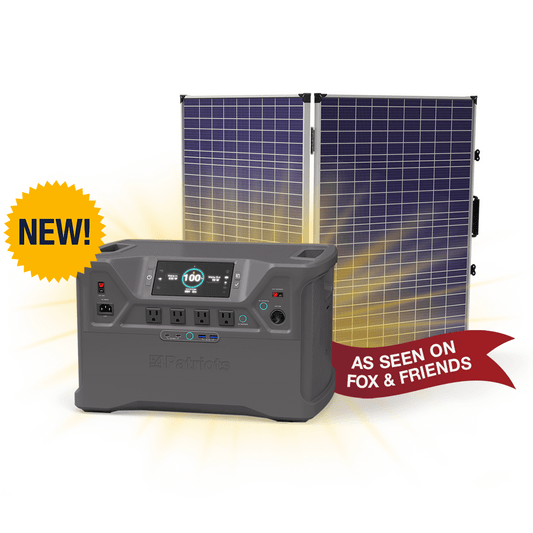

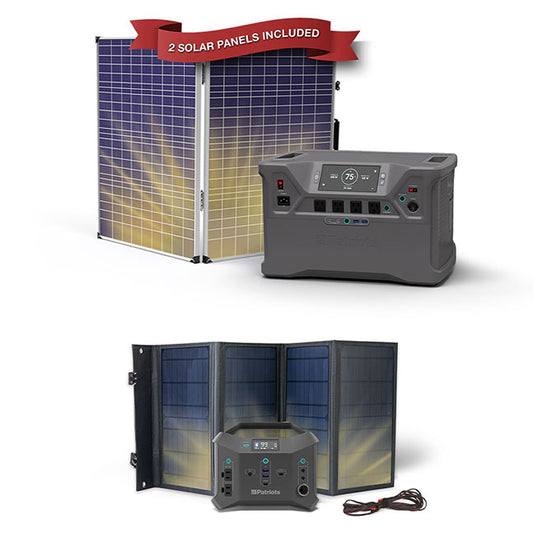



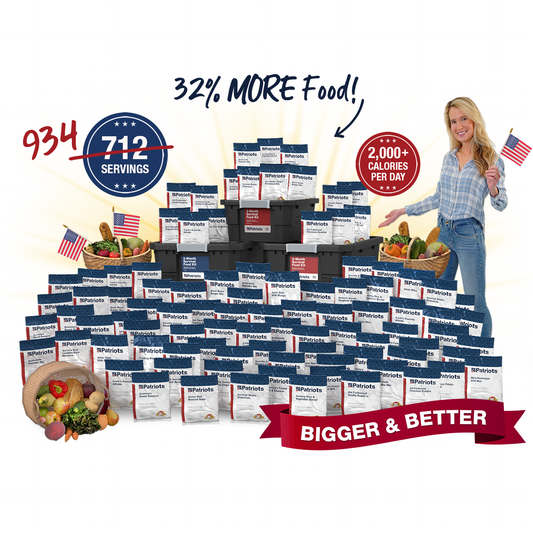
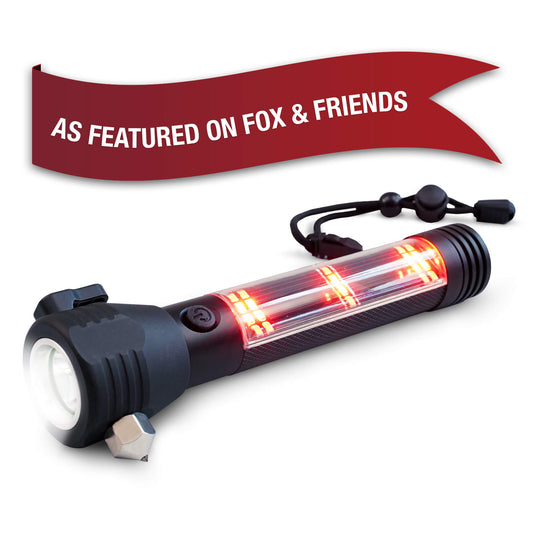

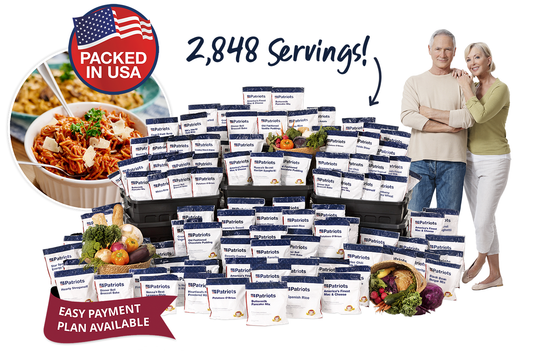
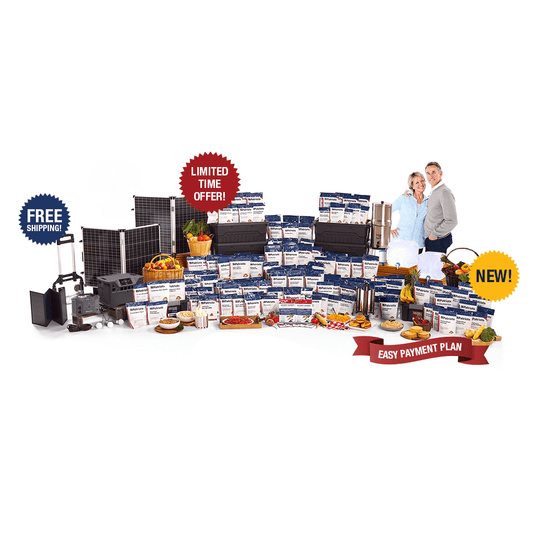
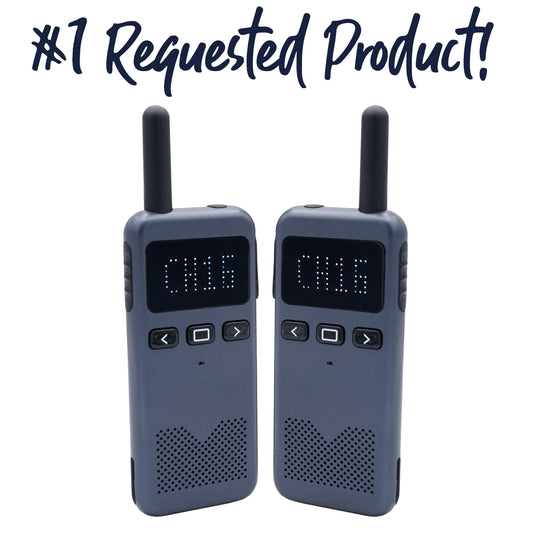
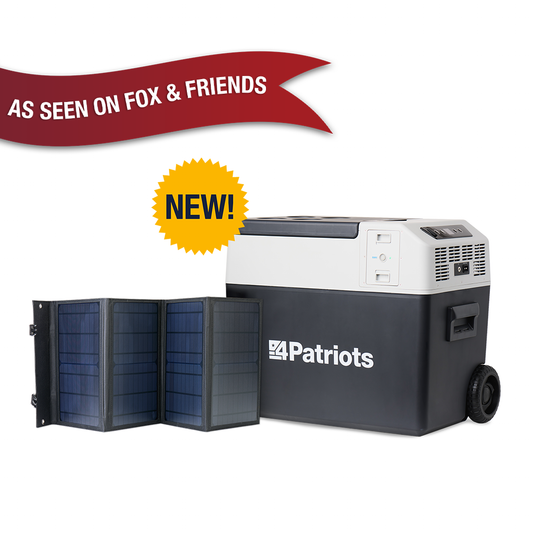
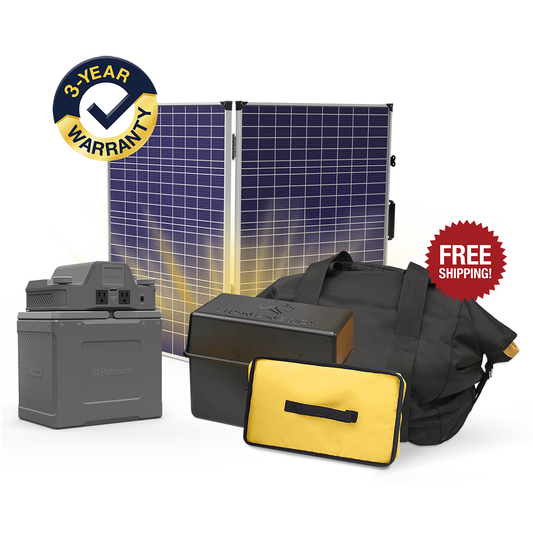
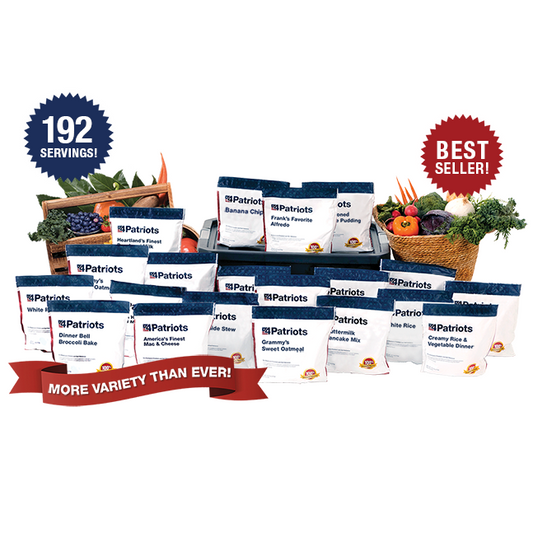
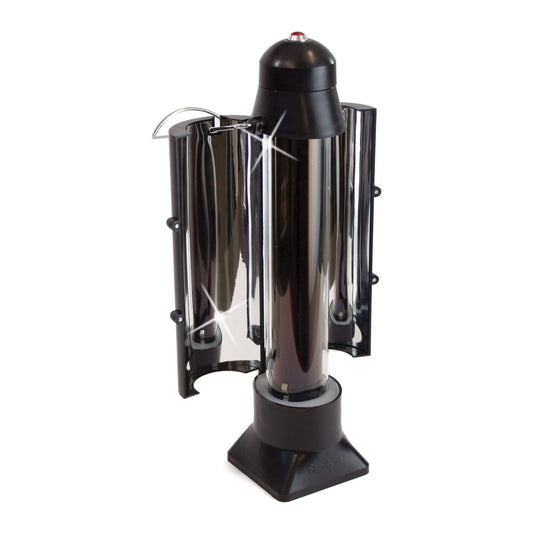
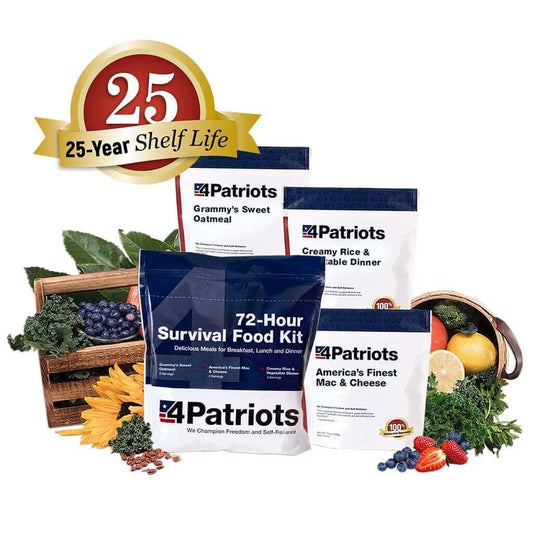




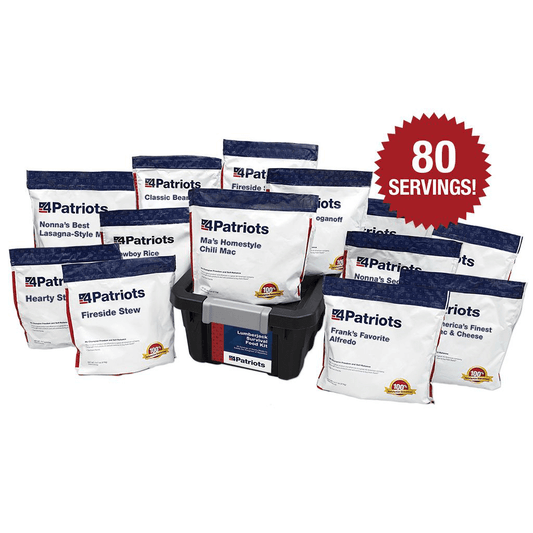
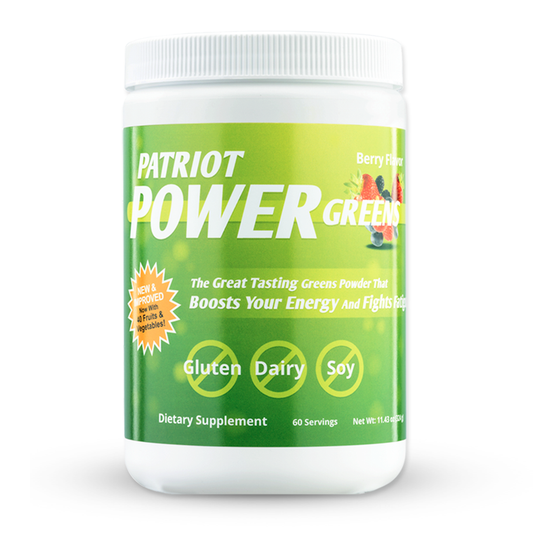

Comments
Polly V Walker - January 30, 2020
The sunkettle is differently amazing item You have so many great survival stuff , which in time I’m planning purchasing , the food really good!